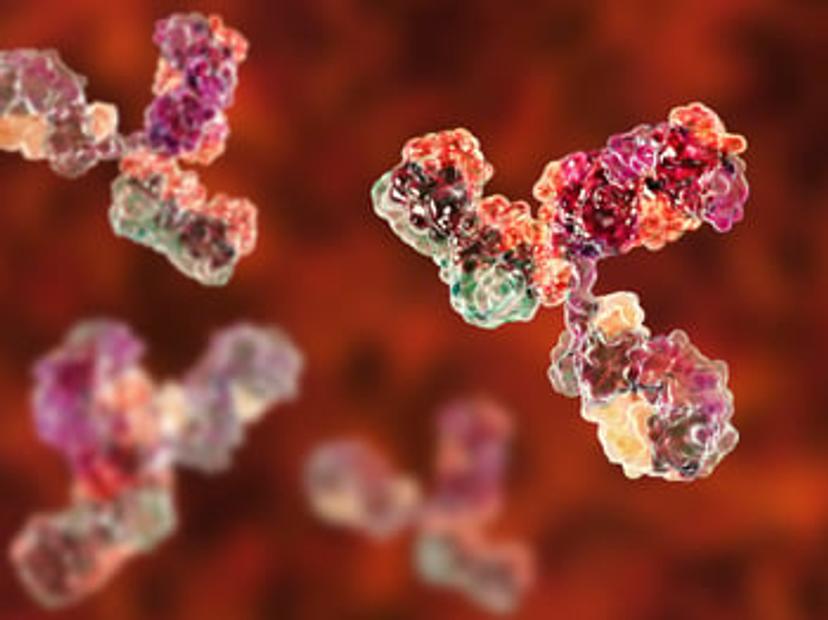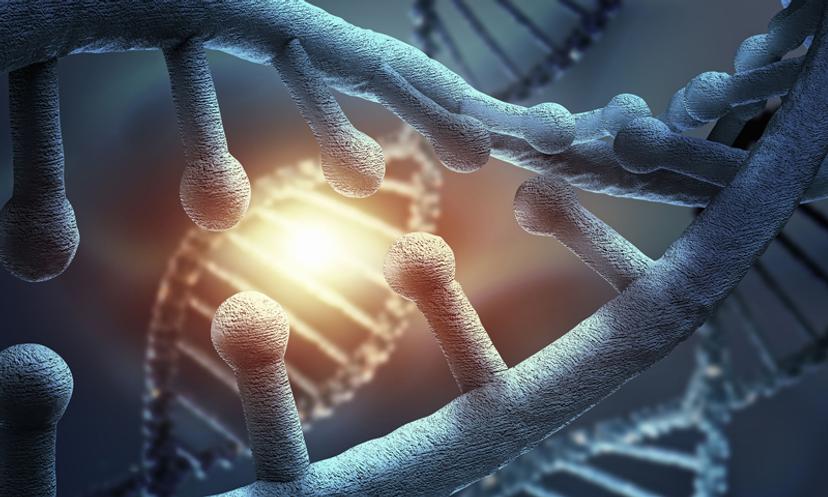Biopharma techniques to advance new drug modalities
Explore the latest technologies and techniques that will help you advance biopharma pipelines
7 Apr 2024
Biopharma techniques and technologies are evolving to keep up with the latest drug modalities and research trends, as well as streamlining traditional biopharma development, from the analysis of antibody therapeutics to development of cell and gene therapy. As therapeutics become more complex, there is an increasing need for a range of methods and in-depth, data-rich approaches that will help develop the most effective therapies. As part of the SelectScience® Biopharmaceuticals editorial feature, we highlight a number of emerging therapeutic modalities that are set to be future stars of biopharma and explore challenges faced in their development as well as some of the latest laboratory technology solutions addressing these hurdles.

Antibody therapeutics
Antibody engineering has expanded the potential of targeted and specific antibody therapeutics for a range of diseases. The complex nature of these protein-based therapies, which include monoclonal antibodies as well as next-generation modalities such as antibody-drug conjugates, bispecific and multispecific antibodies, has enlisted the use of advanced engineering and bioanalytical methods. Here, we look at some of the key steps of antibody therapeutic development and technology being used to overcome challenges.
Molecular interaction characterization
The analysis of biomolecular interactions continues to play a key role in determining the binding affinity of antibody therapeutics which can impact how a therapy may work. In a recent article, Jiseon Kim, Senior Scientist at ProGen, explains how advanced biophysical analysis platforms provide the speed needed for screening studies in the early stages of bispecific antibody development.
Mechanisms of action
Analyzing the mechanisms of action of therapeutic antibodies is also an important step to ensure drug safety and efficacy. In early stages of therapeutic development, challenges faced include the suitability of the chosen experimental model to replicate human immune response. In vitro cell-based assays provide an important solution to ensure your drug elicits the intended effects in a physiological environment. However, it is essential to ensure that you use a robust and reliable cell line, as highlighted by Dr. Peter Wolff, Implementation Scientist, AGC Biologics, when he discusses his work on therapeutic bispecific antibodies in immuno-oncology. Humanized rodent models that have been engrafted with a humanized immune system provide another option for oncology studies in vivo. Learn more about how humanized models have been applied in lead optimization of monoclonal antibody and bispecific antibody therapeutics.
Cell line development
There have been numerous developments to create the stable cell lines required for antibody therapeutic production. One challenge faced is ensuring the quality of cell lines at an optimized cost, and consequently, the need to identify the most effective cell lines as early as possible. Microfluidics technology which enables high-throughput experiments using minimal samples and materials, can identify high-producing cells from a large pool. A recent article with Richard Hammond, Chief Technical Officer at Sphere Fluidics further explores this topic and how microfluidic technology can increase the efficiency of daily laboratory processes in cell line development for the production of various biopharmaceutical products.
During clone selection, cells must be well characterized to ensure they are capable of producing therapeutics with the desired qualities. A video interview with scientists at Lonza delves further into the tools used to develop cell lines that have been optimized to have increased potency in immunotherapy and to mitigate challenges faced in bispecific antibody manufacturing.
Undesirable antibody qualities must also be analyzed during clone selection. For example, post-translational modifications (PTMs) can affect antibody performance, consequently early detection is essential. Explore how new technology that combines imaged capillary isoelectric focusing (icIEF) with UV/MS detection, is used by scientists at Johnson & Johnson Innovative Medicine to identify PTMs earlier in clone selection, allowing them to integrate a mitigation strategy to move that clone forward, saving time and resources downstream.

Cell and gene therapy
Cell and gene therapies have opened a world of personalized treatment for diseases where there are currently no effective therapeutics or cures, including rare genetic diseases as well as cancers, neurodegenerative disease, and autoimmune disease. These one-time therapies are designed to correct disease at the molecular level. Advances in genetic engineering methods, including CRISPR, have paved the way for revolutionary therapeutics like Casgevy™, the world’s first CRISPR-based gene therapy, approved for use in the UK in November 2023.
Cell and gene therapies encompass a range of complex products that are produced using different editing tools, cell lineage and delivery vectors. Consequently, each therapy requires its own detailed characterization using a host of different biological and analytical techniques.
Omics methods to advance cell and gene therapy
Omics technologies have established a key role along the development pipeline. For example, genomics and proteomics methods provide powerful tools to characterize the viral vectors used to deliver gene therapies, along with the cells that produce them. In a SelectScience podcast, Dr. Mimi Roy, an expert working at the cutting edge of gene therapy development for rare diseases, highlights the use of mass spectrometry in proteomics studies to understand disease and therapeutic effect. This technology also plays a key role in detecting empty versus fill viral vectors, an important stage of therapy development as empty vectors can impact therapeutic efficacy and safety. Single-cell multi-omics technologies that can simultaneously measure genomics, transcriptomics and proteomics within individual cells are also becoming increasingly important in the analysis of treatment response in patients, as discussed in this video interview with Dr. Priya Chockalingam, Vice President, Head of Clinical BioAnalytics & Translational Sciences, Beam Therapeutics.
Quality control of advanced therapeutics
Other challenges facing the development of cell and gene therapy includes standardization across the industry. BioPhorum recently highlighted important updates being made to define critical quality attributes for mRNA therapies and viral clearance in cell and gene therapy. Regulatory compliance remains a key concern for therapy developers. An on-demand SelectScience Accelerating Science Forum featuring a panel of industry experts explores this topic further, along with the challenge of ensuring longevity of therapies.
Explore the latest biopharma techniques and technologies to advance research and development in our Biopharmaceuticals editorial feature.
